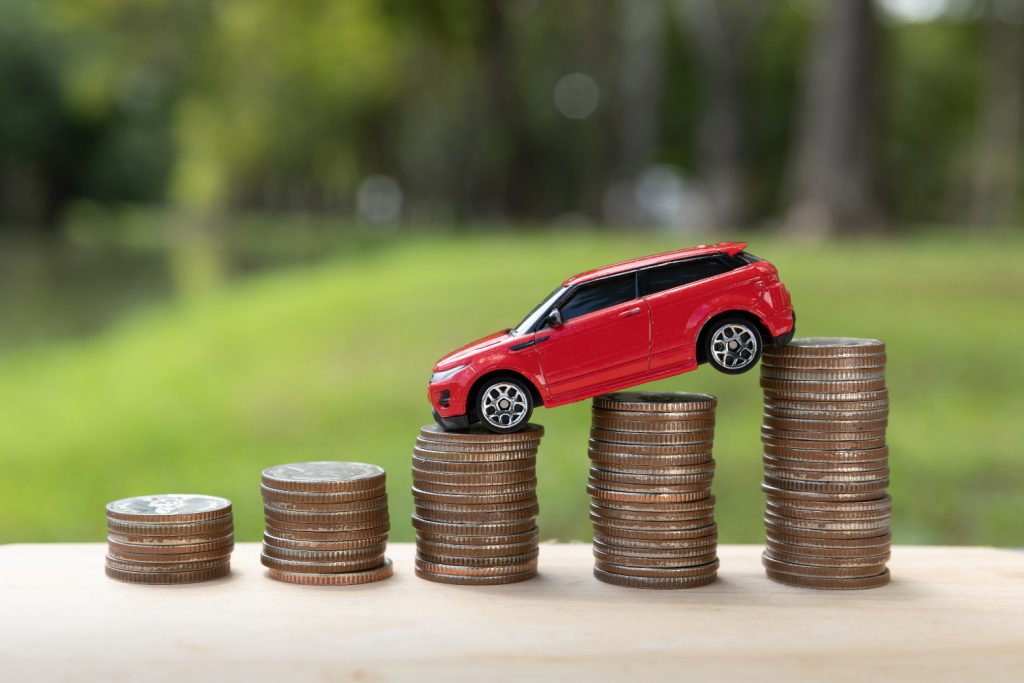In today’s time most of the people are aware that “Risk of an Eventuality” is a big challenge, it can jolt even the affluent. Insurance is a way to mitigate this “Risk”, it is definitely not about the fear… it is about Peace of Mind in times of challenges. Hence Insurance is not a mantelpiece of impulsive purchase. It’s not like buying a piece of furniture or clothes or groceries which are necessities but can be impulsive. When you buy insurance, you’re “Buying a Promise”. The purpose of insurance is to reduce yourself, your family and businesses exposure to the effects of specific risks. It is a contract of reinstatement of lifestyle. Hence it is not important to only have insurance cover, but it is important that one is adequately covered and when actually the eventuality strikes, the cover ensures to reinstate the loss. This avoids a lot of shock and heartburn with the insurers.

Gold photo created by jcomp – www.freepik.com
For this I feel it is important to actually understand the importance of having the Right Value of one’s asset covered under insurance. To get it right one needs to understand some concepts of value from the insurer’s point of view.
Motor Insurance:
Here we come across some terminologies commonly used IDV, OD premium and TP, everyone and anyone gets calls with these terminologies normally used by the callers when selling insurance. The mind get’s boggled so it is important to know these terms to understand and decide on the right value of this asset
- Insured Declared Value (IDV): This is the maximum value fixed for the vehicle by age and depreciation. This is value ones get’s from the insurer on theft or total loss of vehicle. Basically, IDV is the current market value of the vehicle.
- Own Damage Premium (OD): This is the basic premium amount for coverage of the vehicle damage, it is related to the IDV of the vehicle and considers the discount due to accrued no claim Bonus (NCB)
- Third Party (TP): This covers any losses arising due to damages or injury caused by the insured to a third party or third party’s property. As per the Indian Motor Vehicles Act, a third party liability cover is a must and a basic requirement under a vehicle’s insurance policy. to understand why it is defined as a third party you need to know who is who
- First party: The insured person or policy holder
- Second party: The insurance company with whom the insurance contract is
- Third party: The person who claims for the damages caused by the first party
Third Party premium and its covers are defined by the Act and premiums are decided by the cubic capacity (cc) and usage (private / commercial) of the vehicle. This is decided with the intervention of the regulatory authority (IRDA).
Own Damage
Own damage protects one from loss to one’s asset during eventuality; hence it is important to know is how the IDV is arrived at to get the right benefit. Some pointers one needs to know on this
- When buying a new vehicle the right IDV to be taken is the basic ex-showroom price minus 5%. This is because as per the policy wordings, the owner share to a loss is 5% of the cost.
- Now when the vehicle gets older there is a depreciation factor which needs to be considered for each year. This depreciation is ideally 7.5% on the last IDV, some consider at the rate of 10% year on year
- Here one need’s to also know that after the age of 7 years insurers normally depreciate at a lower or no rate, this is mainly to have some premium to cover costs at the time of claims. The IDV becomes constant after 10 years age of vehicle.
Having said this, the bigger question is what one gets in times of claims. Here again, there are two aspects
- Third Party Claim – This claim triggers if there is third party damage to property or person, which can be injury or death. Under the policy terms liability of the insurer towards property damage is limited to the terms as mentioned on the policy document, which varies by the kind of the vehicle. Liability of insurer towards injury to person or death is unlimited. The claim amount is decided by the court of law. This means that in case of an accident where a third party is involved, it is mandatory to file police complaint and FIR is required. There will be two separate cases registered, one to arrive at the responsibility of the accident and the other for the claim amount towards the damage caused. The insurer is responsible to represent the case in the court of law towards the claim amount of liability. Whatever the outcome including legal costs are borne by the insurer for this case. The case in regards to arriving at the responsibility is of the driver at the time of the accident, will have to be represented individually by the owner and driver (if different), the insurer will not be liable or involved in this case.
- Own Damage Claim – Under this claim the loss of damage to the vehicle is accessed and claim paid. The aspects to this are
- Total Loss: In Total loss the reason can be Fire, Theft or damage to the vehicle due to accident wherein the cost of repair exceeds 75-80% of the IDV. In such case the claim is settled up to the IDV of the policy. For Theft and Fire cases FIR is mandatory
- Partial Loss: Here the vehicle is taken to the workshop for estimates, a surveyor accesses the loss and settles the claim on behalf of the insurer, this can be cashless or reimbursement in nature. Some notes
- Parts amount is as per depreciation terms of the policy which is 50% in case of plastic and rubber parts and as per depreciation table for metal parts based on age of the vehicle.
- Labour amount is as per labour schedule of the manufacturer or as agreed between the repairer, owner and surveyor
- In paint there is a depreciation amount to the material used
- Depreciation is charged due to wear and tear and age of the vehicle
As these are the aspects to the settlement of the claim, it is important to have the right IDV of the vehicle. Having a higher IDV does not help, but having a lower IDV can be detrimental in claim settlements.
The above holds true for a comprehensive policy, in today’s time there products offered by insurers up to 7 years wherein the depreciation can be waived by paying an additional premium.
We feel we have given a broad understanding of the need to have the right IDV for your vehicle insurance. For further clarifications please feel free to send us a mail and we will respond.
